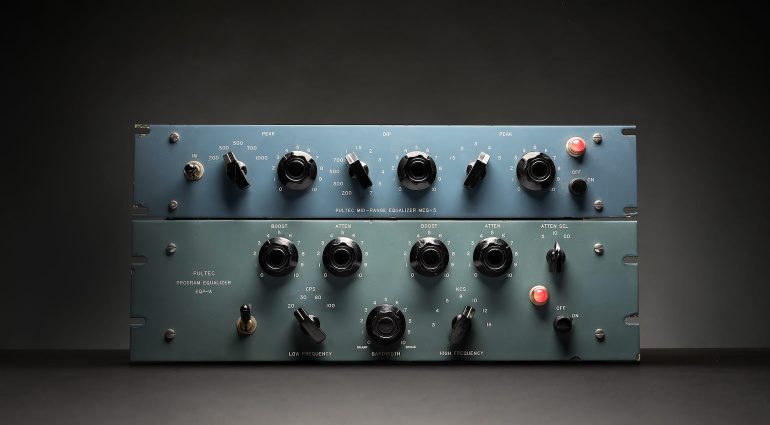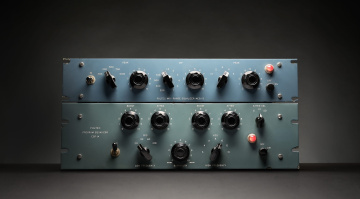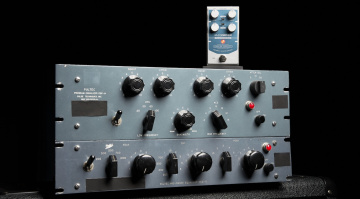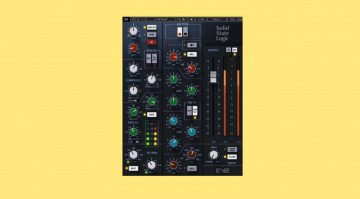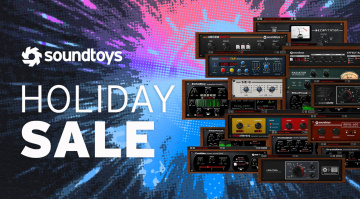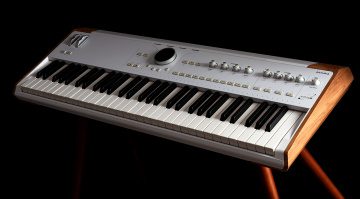Tone-shaping: The Best EQ Plugins for Beginners
EQ plug-ins to carve frequencies in your mixes.
Not happy with stock DAW plug-ins? We investigate some of the best EQ plugins for beginners for DAW-based mixing and music production.
Best EQ Plugins:
The Best EQ Plugins for Beginners: EQ types
To help you navigate the wide range of EQ plug-ins currently available, here are some guidelines you can use for categorizing them:
- Character EQ plug-ins – These plug-ins are recreations of rare and famous vintage hardware EQs like the Pultec EQP-1A or the Neve 1073. Learning about these will teach you about the nature of tube and solid-state circuits and the character they impart to signals.
- Parametric EQ plug-ins – The most common type of EQs with variable frequency range and often Q-factor controls on each band that determine the shape of your boosts and cuts.
- Graphic EQ plug-ins – Although typically used in live sound, these versatile EQs also have their place in studios. With a bank of equally spaced fixed bands, you can quickly target and remove unwanted parts of a signal.
- Dynamic EQ plug-ins – By combining all we know about EQ technology, developers like FabFilter have introduced plug-ins that have an integrated dynamics stage on each band. This allows you to perform tasks like taming transients or de-essing within a specific frequency range.
Universal Audio Pultec Passive EQ Collection
For decades, the industry’s top producers and engineers have sworn by the Pultec passive tube EQs. Now, you have access to a range of these classic mixing tools in your DAW modeled on the classic EQP-1A, MEQ-5, and HLF-3C designs.
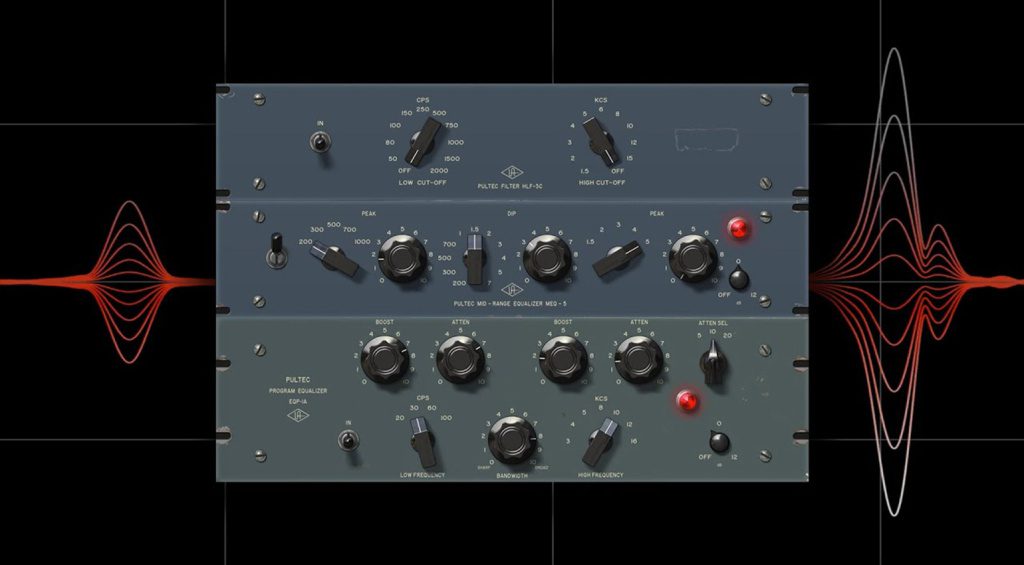
Passive EQs use unpowered components in their circuitry such as inductors, resistors, and capacitors. However, the Pultec EQs use tube gain staging, to compensate for the gain loss commonly associated with passive circuitry.
This unique combination of elements made the Pultec EQs incredibly musical and they became the not-so-secret weapons that engineers like Bob Clearmountain used to produce some of our favourite records.
Be aware that many DAW systems like Apple Logic Pro and PreSonus Studio One have their own versions of the Pultec plug-ins. To learn about the basics of EQs, you can start by exploring the EQ plug-ins included with your DAW of choice.
- Learn more about Pultec EQs
- More from Universal Audio


Arturia Pre 1973
Rupert Neve’s 1073 channel strip changed the way we think about music recording and audio console design. No longer were we limited to the small channel counts of tube consoles in relation to their size.
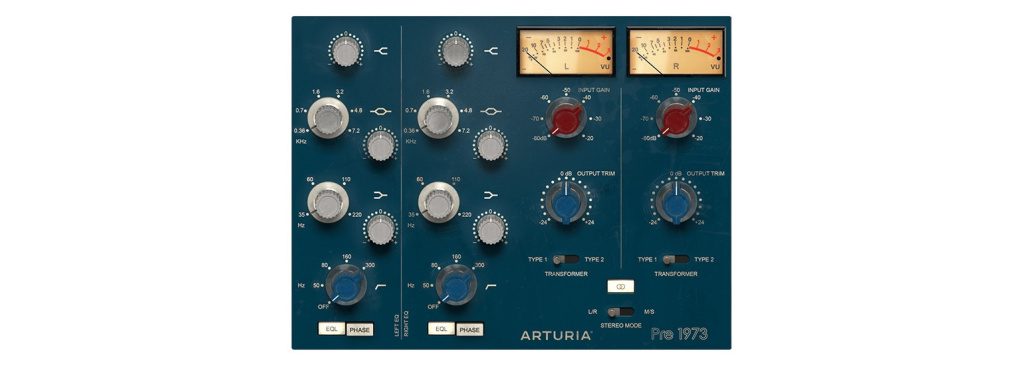
Known for their unbelievably realistic recreations of classic analogue synths, Arturia has modelled the Pre 1973 on the famous 1073 and included some useful enhancements for modern DAW workflows.
This plug-in version of the classic 1970s inductor EQ offers two transformer modelling settings and can be used on both mono and stereo channels. Therefore, the flexible plug-in version can be used on individual channels as well as channel groups and buses.
If possible, look out for the free plug-in versions of the 1073 within DAWs like Logic Pro before investing in recreations by Arturia or Universal Audio.
- The History of Neve
- More from Arturia
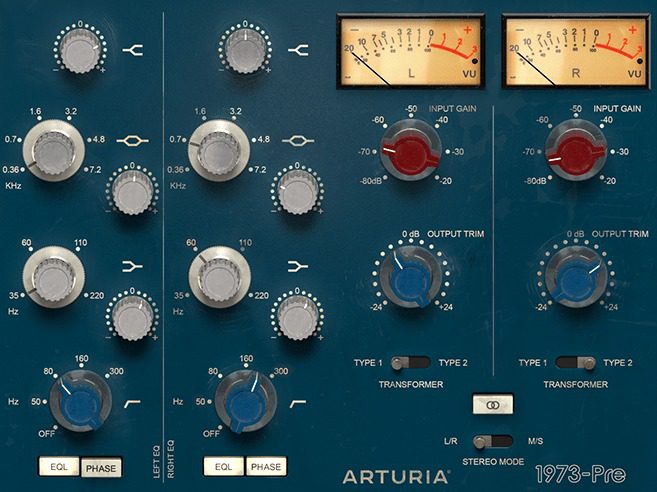
Waves SSL EV2 Channel
Although the rest of the industry may have caught up with Waves, the SSL EV2 Channel still offers an incredibly versatile set of tools at an affordable price.
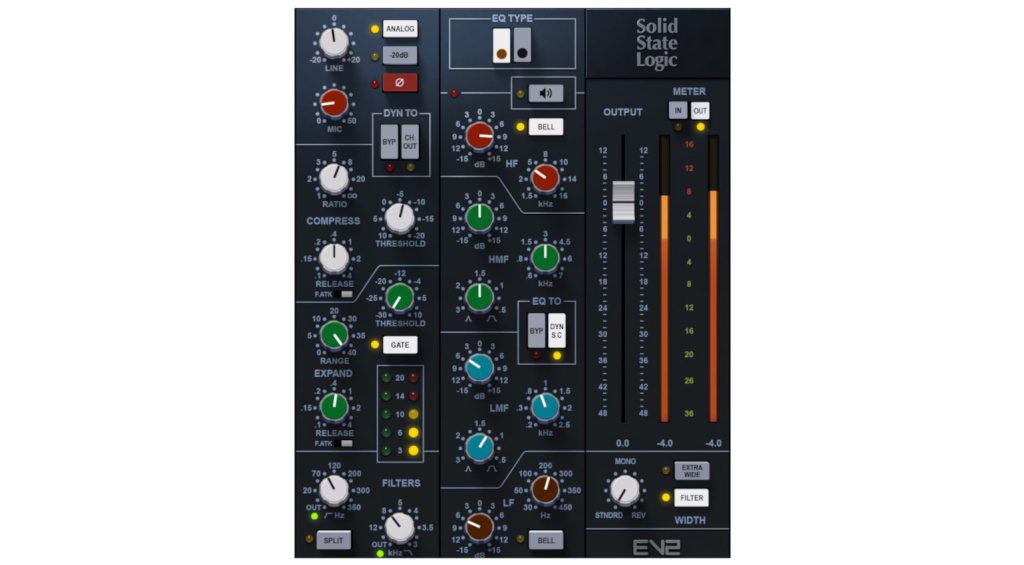
The plug-in is modelled on the famous 4000E console, which gives you a chance to learn about EQing without the help of the frequency spectrum graphs found on most EQ plug-ins.
Console-style EQs like the SSL EV2 have a selection of fixed frequency bands, which may seem like a limitation. However, they have been chosen and placed in the specific frequency ranges of vocals, drums, and instruments.
In addition, the SSL EV2 has the console’s compressor and expander/gate sections. This allows you to do transient shaping, de-essing, or noise gating without reaching for another plug-in.
- The History of SSL
- More from Waves

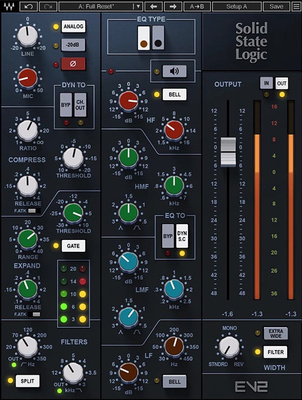
Soundtoys Sie-Q
Most stock DAW EQ plug-ins can perform the corrective EQ tasks required in basic music production. However, there are often times when you want to use EQ creatively to colour, shape, and sweeten the tonal characteristics of a sound.

For this purpose, the best tools are often plug-ins with simple interfaces like the Soundtoys Sie-Q. Based on the sought-after vintage Siemens W295b EQ, the Sie-Q allows you to dial in settings fast and quickly get a feel of the optimum range of a sound in the mix.
Like all Soundtoys plug-ins, the Sie-Q is carefully modelled on the original hardware. This gives you sound processing that is as close to vintage as possible, with rich mids and detailed highs.
The clever design of the Sie-Q gives you six selectable midrange bands, while the high and low bands operate as high/low-pass filters when cutting and bell-shaped filters when boosting.
- Budget Hardware EQs
- More from Soundtoys


FabFilter Pro-Q 3
Once you’ve mastered the basics of EQing, there are more advanced and intuitive plug-ins like the Pro-Q 3 that provide a wider set of features. When you want to do more than just corrective shaping or sweetening in one plug-in, this industry-standard EQ plug-in will more than meet your demand.
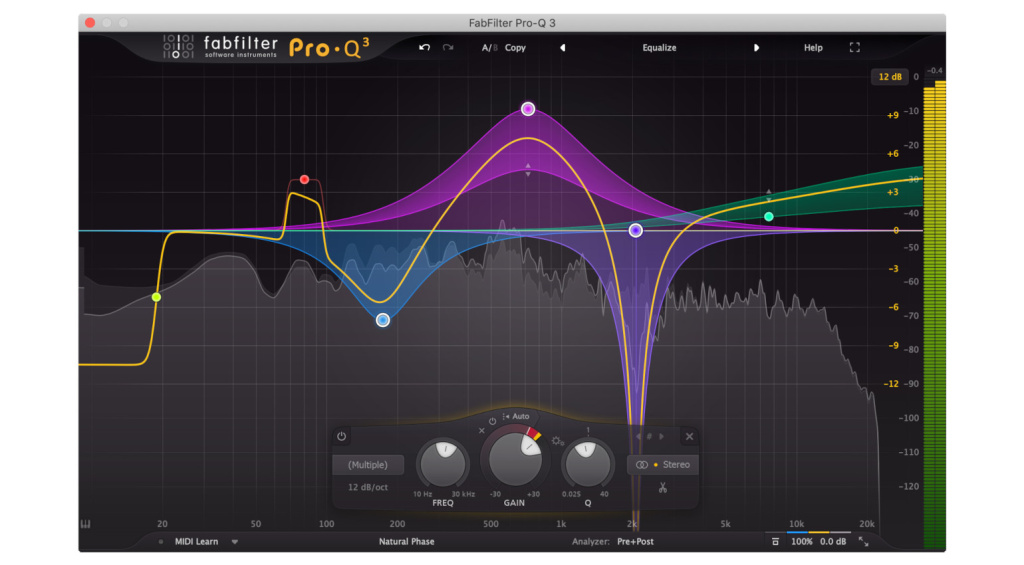
With up to 24 EQ bands, bell and shelf dynamic EQ mode, as well as mid-side and surround processing capabilities, the Pro-Q 3 will fit into the workflows of the top industry engineers.
In addition, the Pro-Q 3 has an intuitive interface with a frequency analyzer, EQ matching, and a piano roll for harmonic EQing. Furthermore, there are different display settings for mixing and mastering, and a useful Auto-Gain setting.
Overall, the Pro-Q 3 is the market-leading EQ plug-in, providing unbeatable value for its price. Although it’s certainly not recommended for beginners, the interface will give you the incentive to look more deeply into the various aspects of frequency management when mixing or mastering.
- Pro-Q 3 Alternatives
- More from FabFilter
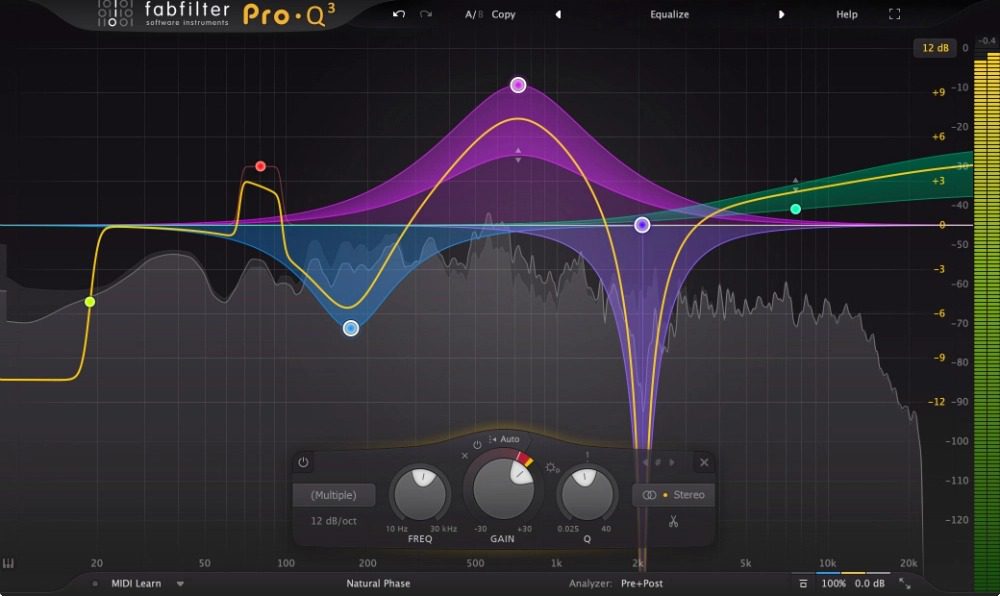
More about the Best EQ Plugins:
- Mastering Plug-ins for Beginners
- All about EQs
- Our weekly Free Plug-ins roundup
- Thomann’s Guide to Equalizers
*This post about the Best EQ Plugins contains affiliate links and/or widgets. When you purchase a product through one of our affiliate partners, we receive a small commission that helps support our work. Don’t worry, you’ll pay the same price. Thanks for your support!

 4,6 / 5,0 |
4,6 / 5,0 | 